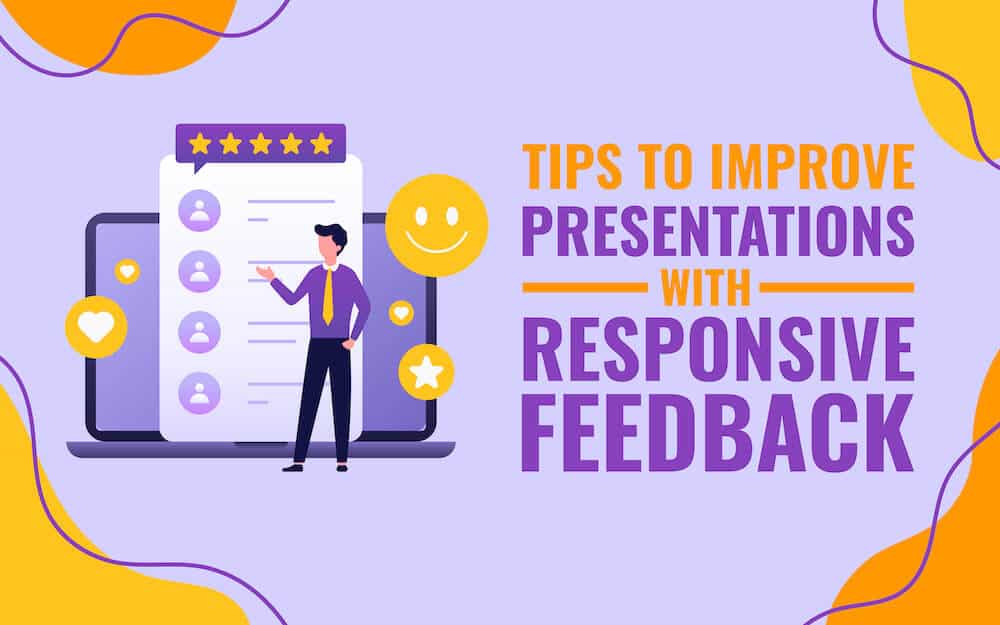
The outbreak of Covid-19 moved all the business and education activities to an online mode overnight. All of a sudden, face-to-face interactions with clients and customers were replaced by virtual meetings, and traditional classroom lectures were shifted to eLearning. During the times when people across the entire globe were forced to stay locked in their homes and continued learning became one of the biggest challenges, web-based seminars (or webinars) emerged as the savior to keep the education and business world moving.
Undoubtedly, a webinar is an engaging and cost-effective way to host events and conduct meetings and is simpler to set up as compared to a conference; however, conducting a webinar is easier said than done. You need to keep a few things in mind while imparting training via webinar.
So, be ready to dive into preparing your own training webinar with the following tips.
BEFORE THE WEBINAR
1. Define Your Goals
First of all, identify why you want to host a training webinar. Do you want to bridge the skills gaps of the employees? Or maybe you want to provide crucial information about new technology recently adopted by the organization to drive its digital transformation initiatives? Or do you want to enhance the expertise and knowledge of employees to make them capable of performing more than one task?
2. Set Measurable and Specific KPIs
There must be some specific KPIs or defined goals against which you can assess the performance of your webinar, draw relevant conclusions, and make improvements in your next webinars. Some examples of KPIs are – employee engagement, skill and knowledge retention, impact on organizational performance before and after training webinar, etc.
Pro Tip: Choose the right KPIs that focus on keeping up with changing technology and driving business goals.
3. Decide on Speakers and Panelists
If your topic is categorized into subtopics, it is recommended to assign them to the employees who are qualified enough to speak about them. You can also invite guest speakers outside of your company to train team members on using certain technologies or software. You can also include a live discussion session of several experts on a particular topic to provide your audience with varied insights. In a nutshell, you must have a list of all the speakers and panelists in advance to avoid last-minute glitches.
4. Choose the Right Webinar Platform
With so many feature-rich webinar hosting tools available off the shelf, such as Zoom, Skype, Microsoft Teams, GoToWebinar, etc., you need to evaluate each tool against your requirements to pick the right, reliable, and secure solution.
5. Pay Heed to Content
If you are planning to impart training on any important topic, such as reporting procedures, benefits and compensation, etc., then divide the content into subtopics. Breaking the content into smaller sessions of 30-45 minutes will make it easy for the trainee to understand the sub-topics well.
- Use visuals such as graphs, charts, infographics, and images to bring your content to life.
- A webinar is not a sales pitch, so keep its tone educational.
- Add case studies or examples wherever possible.
- Include a CTA (Call-To-Action) at the end of your webinar.
6. Choose the Template Thoughtfully
You can make your training webinars more impactful and gripping by incorporating pre-made, professionally designed templates that come with the perfect blend of color, style, and visuals. You can easily edit these templates to make them more aligned with your webinar requirements.
7. Develop a Secured Registration Process
Your webinar should be completely secure, especially if you will be sharing sensitive information, such as company data and policies. This can be done by creating a registration process and making the access password-protected and invitation-only. Though you have an option to approve webinar registrants automatically, it is suggested to approve them manually for better security. Also, enable required host controls, such as screen sharing limits, mute/unmute features, add/remove members, etc.
8. Trial Run
To avoid any blunder during your webinar and ensure everything is working smoothly, you must do a trial run. This practice will make you more familiar with your tool and help you use it more effectively. Also, you will be able to fix any technical error or content-related mistakes well in advance. It will also help you learn how to use different features such as live polling, file uploading, screen sharing, Q&A tools, chat messenger, etc., during your webinar.
9. Send Reminder
Once the attendees have registered themselves for the webinar, keep reminding them about it frequently. You can use the webinar tool to send the triggered emails days or hours before the webinar begins.
DURING THE WEBINAR
10. Avoid Distractions
To make your webinar distraction-free and gain maximum engagement from the audience, follow the below-given tips:
- Keep the background clear and clutter-free.
- Raise the camera to your eye level.
- Avoid background noise.
- The area from where you are presenting is well-lighted.
- Ensure that there is no glaring light towards the camera.
- Increase the focus, quality, and clarity of your videos to give your webinars a more professional look.
- Pay attention to your gestures and body language.
11. Keep the Audience Engaged
During a webinar, you present to your audience online, and presenting to an online audience is more challenging than presenting to a live audience. You can’t identify if your online audience is paying attention to what you are saying; you can only make efforts to engage them by:
- running an icebreaker poll
- running a short quiz to bring out their competitive side
- running a feedback survey
- using gamification to make training fun for the participants
- changing gestures and voice tone to recapture the attention of disengaged audience members
12. Record the Webinar
A recorded webinar will be a great help to those who registered for the webinar but failed to attend the live session due to one or the other reason. You can email them the recorded webinar so that they can watch it later at their own convenient time. Moreover, you can also use it as a reference and figure out what improvements are required in your next webinars.
AFTER THE WEBINAR
13. Create a Follow-Up Survey
Your work is not over once you have delivered the webinar. You must evaluate the effectiveness of the webinar by creating a follow-up survey. You can consider including the following questions:
- How did you find the webinar?
- Did you face any technical difficulties during the webinar?
- Were you able to maintain concentration during the webinar?
- What were the major strengths and weaknesses of the webinar?
14. Repurpose Your Webinar’s Content
You can repurpose the recorded webinar as video content and send it via email to all those who signed up to attend. It will enable them to see the recap or catch up on any missed content later in their own time.
The Essence
Providing training through webinars offers you loads of benefits, such as reduction in cost, resource and time-saving in preparing the venue and making travel arrangements, flexibility to employees to attend from anywhere, and much more. Though webinars are a highly effective way to convey messages and communicate information in an engaging manner, it takes rigorous planning and follow-through to prepare and deliver a successful webinar. If you are planning to conduct training sessions through webinars, consider the above points to offer a valuable learning experience and get rid of the worries of being retreated or ignored by the audience.
Have you ever hosted training webinars? How was your experience? Do share with us in the “Comment” section. Share this blog post on your social media handles to help your colleagues and friends get more insights into how to host a successful training webinar.



